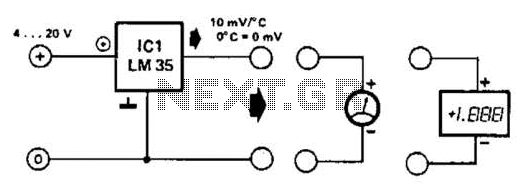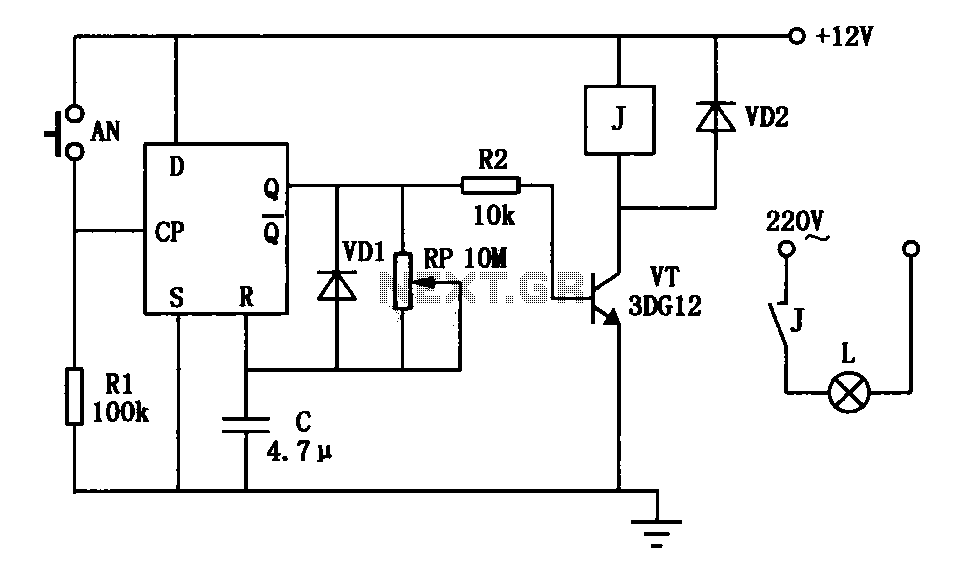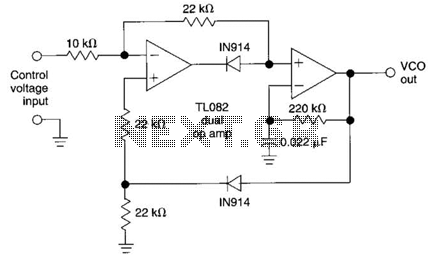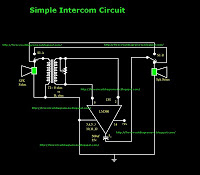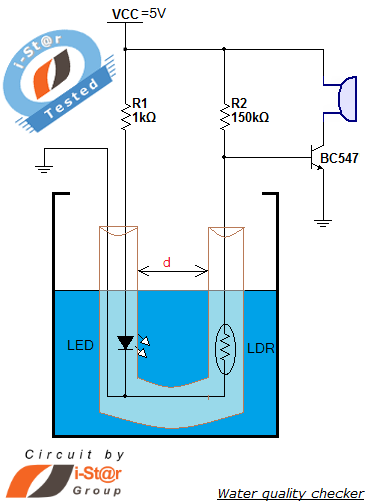
circuit satellite receiver
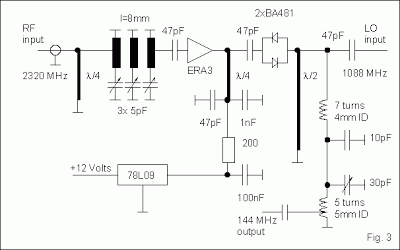
The Dish Network 322 Satellite Receiver enables television viewing of two distinct programs in two separate locations. This is a schematic block diagram illustrating an exemplary circuit logic diagram. The receiver is capable of predicting the elevation angle for each Schematic Block Diagram circuit in the Satellite Receiver.
The Dish Network 322 Satellite Receiver is designed to facilitate simultaneous viewing of two different television programs, allowing for enhanced user experience in multi-room setups. The schematic block diagram serves as a visual representation of the internal logic and operational flow of the receiver's circuitry.
The primary components of the circuit include a dual-tuner module, which enables the reception of two separate signals, allowing for independent channel selection. Each tuner is connected to a dedicated demodulator, which processes the satellite signals and converts them into a format suitable for further processing.
The circuit also incorporates a microcontroller unit (MCU) that manages the overall operation of the receiver, including signal processing, user interface interactions, and control of the tuners. The MCU communicates with various components, including the memory module, which stores channel information, user settings, and program guides.
An important feature of the receiver is its ability to predict the elevation angle for optimal satellite signal reception. This is achieved through an integrated GPS module or an internal algorithm that calculates the necessary angle based on the user's geographical location. The elevation angle data is then utilized to adjust the satellite dish's position, ensuring that the strongest signal is acquired for both tuners.
Power management is also a critical aspect of the design, with a dedicated power supply circuit that ensures stable voltage levels for all components. Protection circuits are implemented to safeguard against voltage spikes and ensure the reliability of the receiver during operation.
In summary, the Dish Network 322 Satellite Receiver's schematic block diagram encapsulates the intricate design that allows for dual program viewing, efficient signal processing, and optimal performance through advanced features such as elevation angle prediction.The Dish Network 322 Satellite Receiver accommodates television viewing of two different programs in two different locations. This is a schematic block diagram of an exemplary circuit logic diagram. The receiver can predict the elevation angle of each Schematic Block Diagram circuit Satellite Receiver
🔗 External reference
The Dish Network 322 Satellite Receiver is designed to facilitate simultaneous viewing of two different television programs, allowing for enhanced user experience in multi-room setups. The schematic block diagram serves as a visual representation of the internal logic and operational flow of the receiver's circuitry.
The primary components of the circuit include a dual-tuner module, which enables the reception of two separate signals, allowing for independent channel selection. Each tuner is connected to a dedicated demodulator, which processes the satellite signals and converts them into a format suitable for further processing.
The circuit also incorporates a microcontroller unit (MCU) that manages the overall operation of the receiver, including signal processing, user interface interactions, and control of the tuners. The MCU communicates with various components, including the memory module, which stores channel information, user settings, and program guides.
An important feature of the receiver is its ability to predict the elevation angle for optimal satellite signal reception. This is achieved through an integrated GPS module or an internal algorithm that calculates the necessary angle based on the user's geographical location. The elevation angle data is then utilized to adjust the satellite dish's position, ensuring that the strongest signal is acquired for both tuners.
Power management is also a critical aspect of the design, with a dedicated power supply circuit that ensures stable voltage levels for all components. Protection circuits are implemented to safeguard against voltage spikes and ensure the reliability of the receiver during operation.
In summary, the Dish Network 322 Satellite Receiver's schematic block diagram encapsulates the intricate design that allows for dual program viewing, efficient signal processing, and optimal performance through advanced features such as elevation angle prediction.The Dish Network 322 Satellite Receiver accommodates television viewing of two different programs in two different locations. This is a schematic block diagram of an exemplary circuit logic diagram. The receiver can predict the elevation angle of each Schematic Block Diagram circuit Satellite Receiver
🔗 External reference
